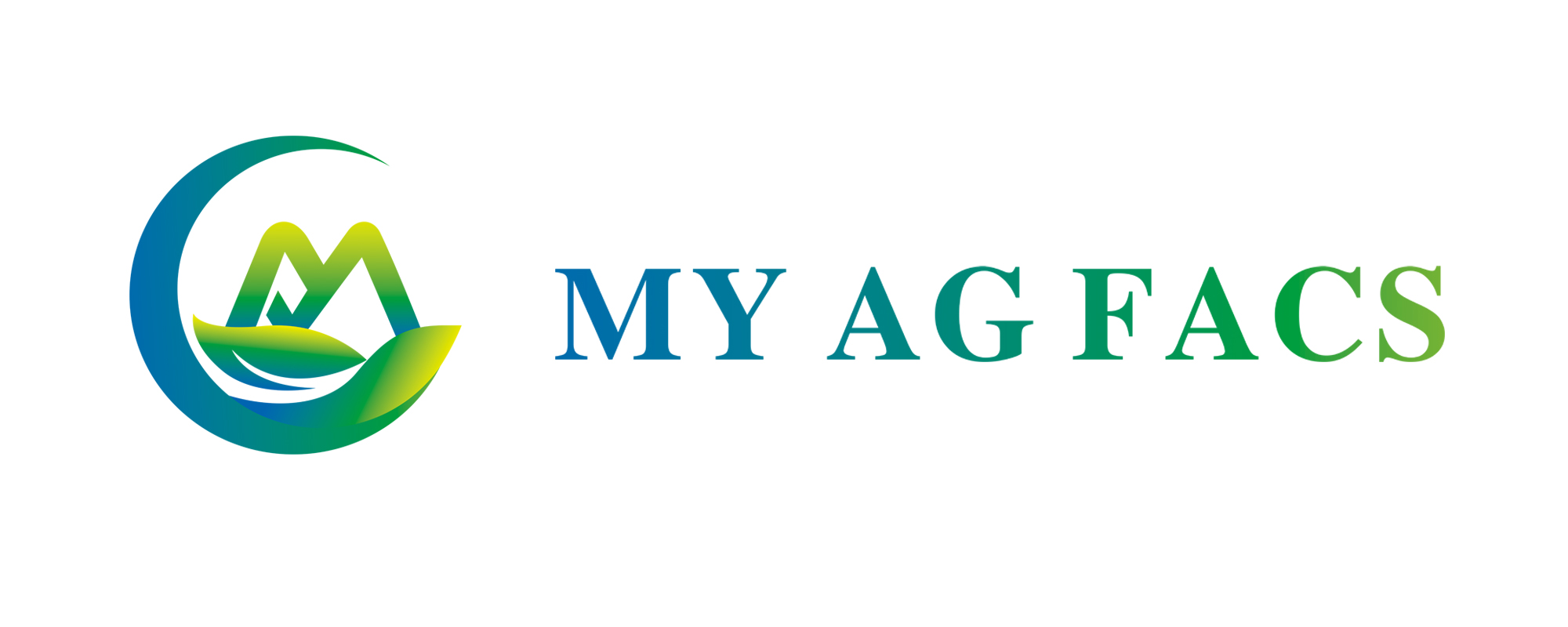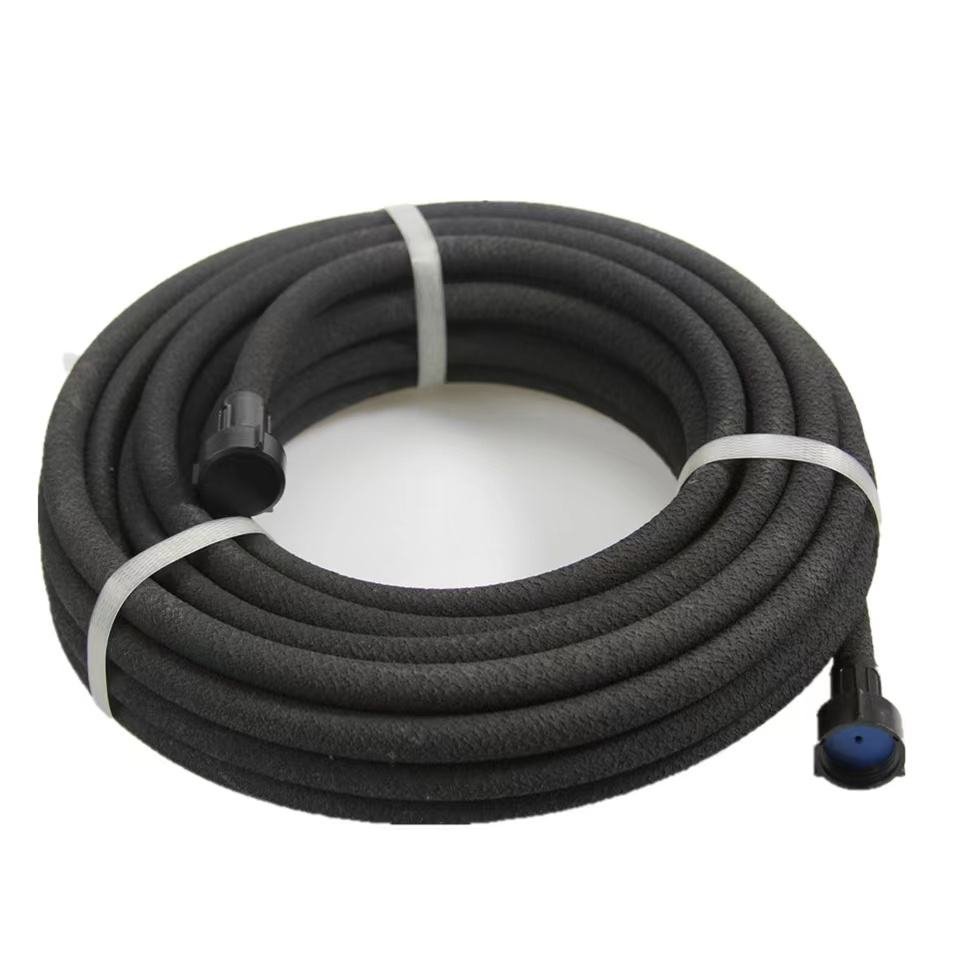

In recent years, as global attention to water resource management has intensified, drip tape has emerged as a highly efficient irrigation method, gaining popularity among farmers. Drip tape is a flexible tube equipped with micro-holes that releases water at the soil surface, directly moistening plant roots. This precise water delivery method not only reduces evaporation and runoff but also significantly improves water utilization efficiency. Research indicates that irrigation systems using drip tape can enhance water utilization by over 30%, allowing farmers to achieve higher crop yields and better crop quality with the same amount of water resources.
The advantages of drip tape extend beyond water savings; they also include the effective use of fertilizers. Traditional irrigation methods often lead to the loss of fertilizers through runoff, which diminishes soil nutrients and leads to waste. In contrast, drip tape delivers both fertilizers and water directly to the root zone, reducing nutrient loss and improving crop nutrient absorption efficiency. This "targeted irrigation" approach effectively lowers the use of pesticides and fertilizers, promoting the development of sustainable agriculture.
Furthermore, drip tape is relatively easy to install and maintain, demonstrating strong adaptability to various soil and crop types. Whether in hilly areas, plains, or sandy or clay soils, drip tape can showcase its unique benefits and adapt to different agricultural production models. During hot summer months, drip tape can effectively lower soil temperature and maintain soil moisture, promoting healthy crop growth.
In arid regions, the application of drip tape is particularly crucial. Faced with increasingly severe water scarcity challenges, drip tape helps farmers effectively tackle drought, ensuring food security. By optimally managing water sources and irrigation timing, farmers can enhance crop drought resistance without increasing water consumption, thereby reducing the impact of drought on agricultural production. Additionally, the use of drip tape contributes to environmental protection by minimizing over-extraction of groundwater, thus promoting sustainable development.
Globally, many countries and regions have begun to promote drip tape technology. Israel, as a nation with scarce water resources, was the first to widely implement drip tape in agriculture, achieving significant results. The United States, Australia, and several African countries have also adopted this technology, improving local agricultural production efficiency.
Conclusion
In summary, drip tape demonstrates remarkable advantages in agricultural irrigation, not only enhancing water resource utilization but also promoting healthy crop growth and increasing overall agricultural productivity. As technology continues to advance and be widely adopted, drip tape is poised to bring about even greater transformations in global agriculture, contributing to food security and sustainable agricultural development. In the future, drip tape will play an increasingly important role in addressing climate change and enhancing agricultural resilience, becoming an indispensable part of modern agriculture.